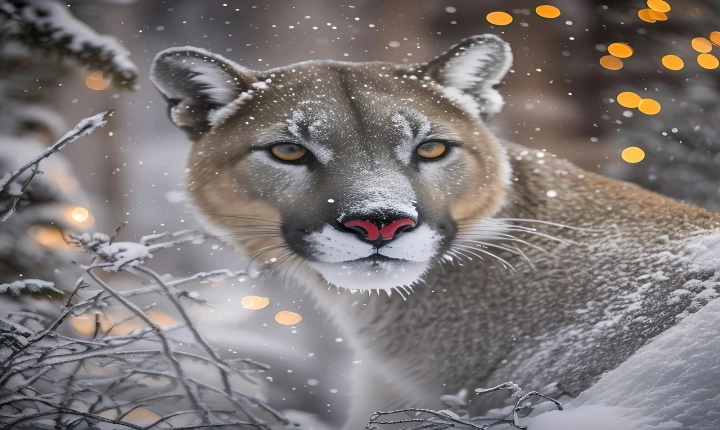Title: The Creative Power of AI: How AI Generates Art
Artificial intelligence (AI) has revolutionized the way we approach numerous fields, from healthcare to transportation, and now it is making its mark in the world of art. With advancements in machine learning and deep learning algorithms, AI has the capability to generate art that is not only visually compelling but also conceptually profound. The ability of AI to generate art raises questions about the nature of creativity and the role of human artists in a world where machines are producing art.
One of the primary methods through which AI generates art is through a process called generative adversarial networks (GANs). GANs consist of two neural networks – a generator and a discriminator – that work together to produce new, original pieces of art. The generator creates art based on a set of input data or guidelines, while the discriminator evaluates the art and provides feedback to the generator. Through this iterative process, the generator learns to create more refined and realistic pieces of art, leading to the generation of truly unique and captivating artworks.
AI-generated art can take many forms, from paintings and drawings to music and poetry. In the realm of visual art, AI has demonstrated the capacity to create stunning, intricate images that would be difficult for human artists to conceive. By analyzing vast datasets of existing art, AI can learn the patterns and styles of various artistic movements and then produce new pieces that imitate or combine these styles in innovative ways. This ability to amalgamate diverse artistic influences allows AI to generate art that is both derivative and original, blurring the line between human and machine creativity.
One of the most intriguing aspects of AI-generated art is the potential for it to evoke emotional and intellectual responses from viewers. While some may argue that AI lacks the capacity to truly understand and convey emotion, the art it generates has the power to elicit profound emotional reactions. Through its utilization of complex algorithms and vast quantities of data, AI can create art that resonates with audiences on a visceral level, prompting contemplation and reflection. Some AI-generated art can even evoke feelings of awe and wonder, challenging preconceived notions about the boundaries of human creativity.
The rise of AI-generated art also raises questions about the role of human artists in a world where machines can produce art. Will AI eventually replace human artists, or will it serve as a tool for collaboration and inspiration? While AI has demonstrated an impressive capacity for creativity, it is important to remember that art is deeply intertwined with the human experience. Human artists bring an inherent sense of emotion, intuition, and lived experience to their work, qualities that AI may struggle to replicate. Rather than viewing AI as a replacement for human artists, it should be considered as a complementary force, expanding the possibilities of artistic expression and challenging artists to explore new avenues of creativity.
As AI continues to advance, its potential to generate art will likely evolve, presenting new opportunities and challenges for the art world. Whether AI-generated art is viewed as a novelty or a revolutionary force, its impact is undeniable. Through its ability to create captivating, thought-provoking artworks, AI has opened up new frontiers in the realm of creativity and has sparked important conversations about the nature of art and the human artistic experience. The fusion of AI and art has the potential to redefine our understanding of creativity and inspiration, offering new perspectives and possibilities for artistic innovation.
